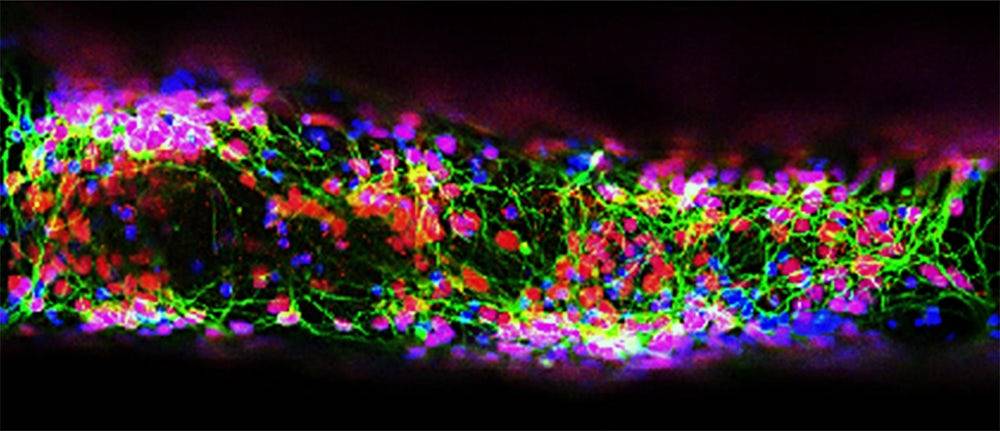For many, a spinal cord injury once meant irreparable damage, permanent, often serious disability, and a life of chronic pain. However, researchers at the University of Minnesota are working to change that life sentence and restore at least some function to patients with spinal cord injuries. This high tech treatment sounds like something out of a sci-fi movie, but it is very real, and it holds a great deal of promise for those whose lives have been forever altered by this debilitating injury.
Device Connects Healthy Spinal Cord Cells by Replacing Damaged Cells
Spinal cord cells do not regenerate so once they are damaged, they are gone forever. This can leave spinal cord injury patients with a lifetime of disability, including the inability to walk. There has long been a push in the medical community to find treatments that can restore some function and mobility to these patients, but the road has been long and difficult. Persistence pays off, though. New, promising solutions are on the horizon.
Researchers on the Minnesota team broke ground on this innovation by designing a guide that links the healthy spinal cord cells on each side of the injury. This creates a bridge of sorts, filling in the gap that the damage created.
They began by collecting a specific type of stem cell, induced pluripotent stem cells, that come from adult cells like blood and skin.
Early Trials Show Device Restores Leg Movement in Rats with Spinal Cord Injury
A January 2019 report published in Nature Medicine revealed the result of successful trials on this device. A research team at the University of California San Diego School of Medicine and Institute of Engineering in Medicine began testing the device on rats with severe spinal cord injury.
Using rats, the implant was grafted into sites where severe spinal cord injury has occurred. Over several months, the cells began to knit back together, and ultimately new spinal cord tissue grew across the injury, connecting the ends that were damaged when severed. As a result, the rats that underwent this treatment regained their ability to move their hind legs and sustained significant functional motor improvement.
3D Printing Holds Promise of High Tech Solutions

3D printers have come a long way in recent years and the technology is being used more and more often in the medical industry. It has proven to be flexible and adaptable, allowing for scaling to various sizes.
For instance, the device used to repair the spinal cord injuries in the rats was just two millimeters in size. It contains dozens of tiny channels that are about twice the width of a human hair that are designed to guide the axon and neural stem cell growth along the length of the injury to healthy cells on either side. This device can be printed in about 1.6 seconds.
The research team has proven that the process is scalable and can accommodate the size of spinal cords in humans. In fact, they have printed implants that are four centimeters, basing the size on MRI scans of human spinal cord injuries. These devices took just 10 minutes to print.
Hope for Patients with Spinal Cord Injury
These advances offer hope to patients who have sustained spinal cord injuries. While it is possible to live a full, rich life with a spinal cord injury, most still long for a cure. With this research and emerging technology that cure seems to be just around the corner.
Imagine a world where spinal cord injuries are no longer the life sentence that they once were. It is quite possible that in the near future patients can enjoy restored mobility and function that was once lost for good. It isn’t there yet, but we are one step closer to making this technology accessible to humans – and changing lives.
Spinal Cord Injury Legal Help
A spinal cord injury can change your life forever. If you’ve been injured in an accident and damaged your spinal cord as a result, you need a law team with experience, compassion, and a proven track record of success. You need Assif Law. Contact our office today to schedule your free consultation and let us help you start taking your life back.

